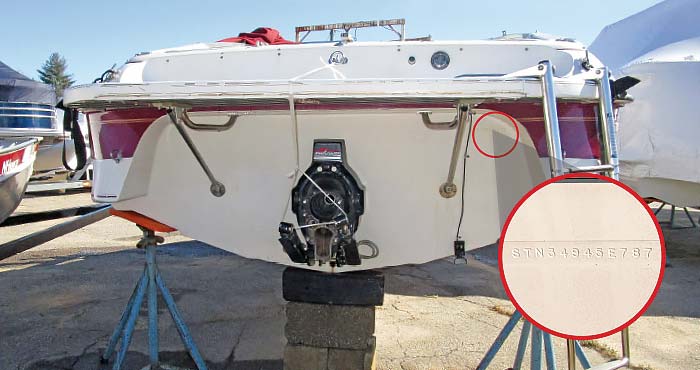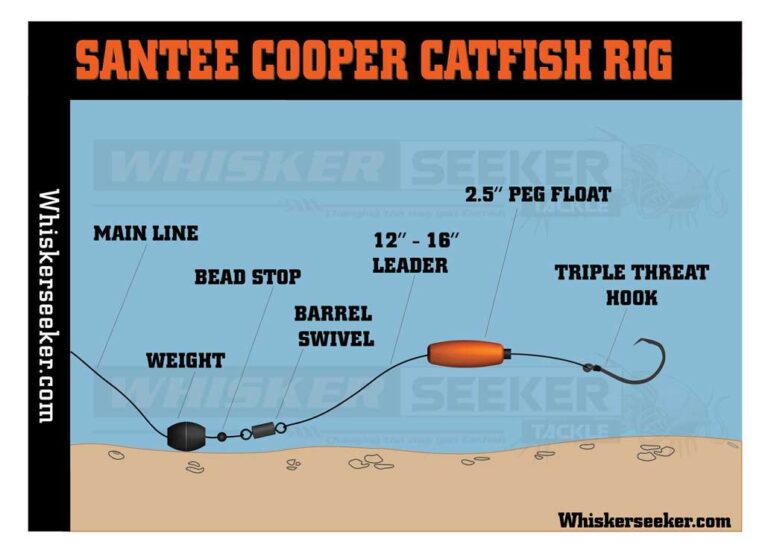How to Weigh a Fish
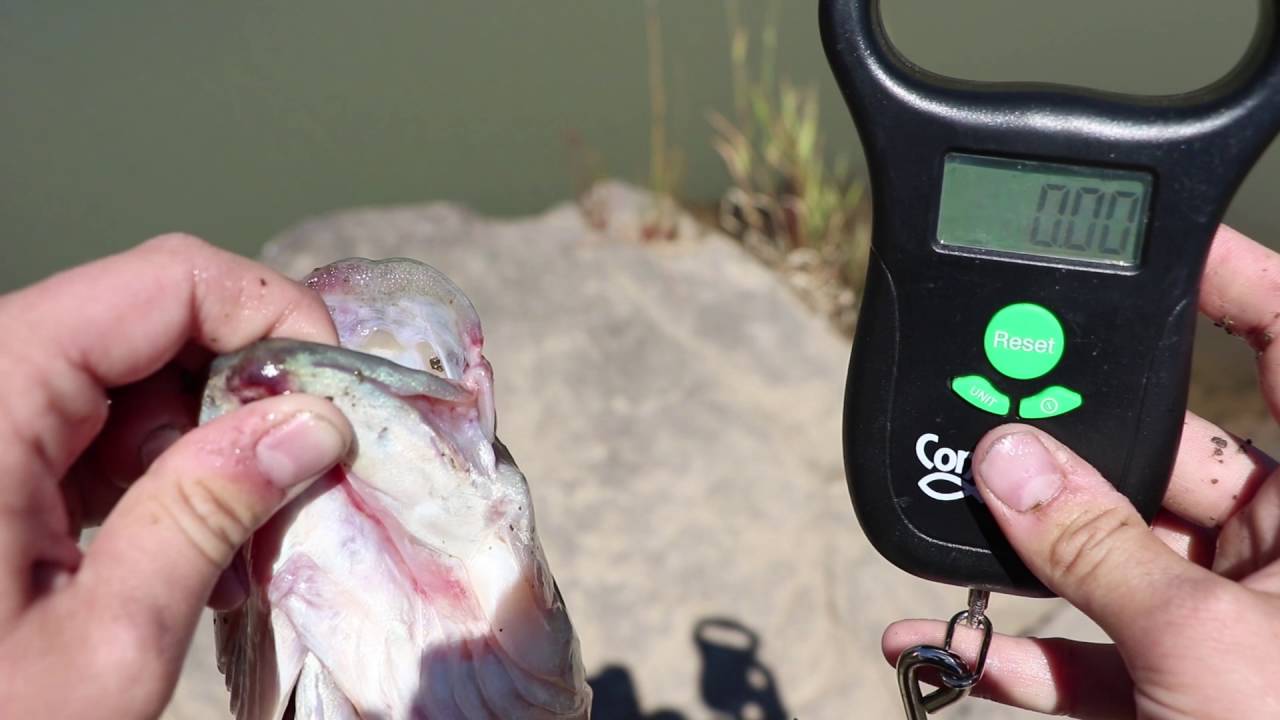
To weigh a fish without a scale, place the fish between its gill plate and the back of its mouth, using a hanging scale with a hook. Avoid puncturing the fish’s mouth and ensure it stays still for an accurate weight reading.
Weighing a fish accurately is important for anglers and fishing enthusiasts who want to measure their catch and track their fishing success. It allows them to determine the weight of the fish, compare it to others, and keep records of their accomplishments.
Whether you’re practicing catch and release or simply curious about the weight of your catch, learning how to weigh a fish properly is essential.
Benefits Of Weighing A Fish
Weighing a fish provides important benefits to anglers. Accurate measurement ensures the exact weight of the catch, contributing to precise record-keeping. Anglers can monitor their progress and track the growth of their catches. By recording the weight of each fish, they can gain insights into seasonal variations and individual fish behavior. This data is invaluable for conservation efforts and can aid in understanding the local ecosystem. Furthermore, accurate measurements enable anglers to participate in competitions and adhere to specific regulations, ensuring fair play and sustainable fishing practices.
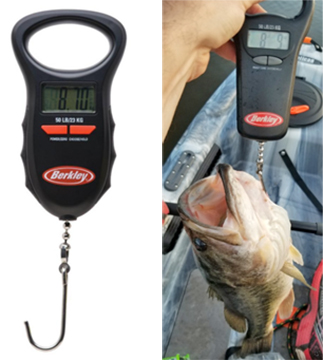
Credit: www.trophycatchflorida.com
Methods Of Weighing A Fish
When it comes to weighing a fish, there are a few methods you can use. One common method is using a scale. If you have a hanging scale with a hook, you can simply put it between the fish’s gill plate under the back of its mouth. As long as the fish stays still for a moment, you can let it hang freely while reading the weight. This method allows you to weigh the fish accurately without hurting it.
However, if you don’t have a scale, there are other ways to estimate the weight of a fish. One method is using the IGFA formula, which measures the fish’s length and girth to calculate its weight. Another way is to compare the fish to known sizes of fish and make an educated guess. Keep in mind that these methods may not be as accurate as using a scale, but they can give you a rough estimate.
In conclusion, weighing a fish is important for anglers who wish to record their catch. Using a scale is the most accurate method, but if you don’t have one, there are alternative methods available. Just remember to handle the fish carefully and release it back into the water unharmed after weighing.
Weighing Techniques
To weigh a fish without hurting it, avoid puncturing its mouth. Instead, place the hook scale between the fish’s gill plates. Let the fish hang freely and read the weight.
ng hook is a great tool for accurately measuring the weight of a fish without causing any harm. Instead of puncturing the fish’s mouth, you can put the hook between its gill plate and under the back of its mouth. As long as the fish remains still for a moment, you can let it hang freely while you read the weight on the scale. This method ensures the fish’s safety and allows for an accurate measurement. Additionally, weighing under the gill plate helps prevent any potential damage to the fish, as passing the scale through the gill plates could cause harm. So, next time you need to weigh a fish, remember to use the hanging scale and weigh it under the gill plate for accurate results.Tips For Safely Weighing Fish
When weighing a fish, it’s important to handle it properly to avoid injuries. If you’re using a hanging scale with a hook, gently place it between the fish’s gill plate and the back of its mouth, ensuring the fish remains still as you read the weight. This method is crucial for safely weighing and releasing the fish. Never insert the scale through the gill plates which could harm the fish. Alternatively, if you don’t have a scale, you can estimate the fish’s weight using various formulas available online. It’s essential to weigh the fish accurately without causing it any harm, ensuring its well-being when releasing it back into the water.
Alternative Methods For Estimating Fish Weight
Alternative Methods for Estimating Fish Weight:
Using Length-Based Formulas:
If you don’t have a scale, you can estimate a fish’s weight using length-based formulas. One common method is to measure the fish’s total length using a ruler or measuring tape. Once you have the length, you can use a formula specific to the species to estimate the weight. Keep in mind that these formulas may not be 100% accurate, but they can give you a rough estimate.
Using a ruler:
When measuring a fish with a ruler, start at the tip of the fish’s snout and measure along the lateral line to the end of the tail. Be sure to keep the fish straight and flat while measuring. Once you have the length, refer to a length-weight chart or use an online calculator to estimate the weight.

Credit: www.tackletour.com
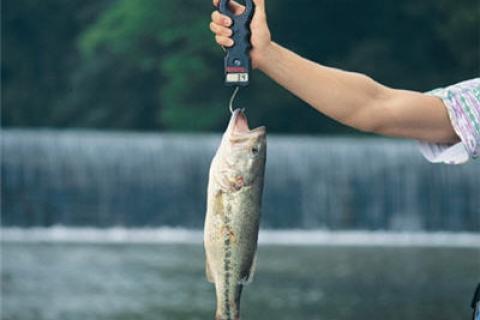
Credit: 1source.basspro.com
Frequently Asked Questions For How To Weigh A Fish
What Is The Best Way To Weigh A Fish?
To weigh a fish, use a hanging scale with a hook. Place it between the gill plate and a fish’s mouth to avoid injury. Read the weight while the fish hangs freely. If releasing the fish, handle it carefully and return it to the water promptly.
How Do You Calculate The Weight Of A Fish?
To calculate the weight of a fish without a scale, place it between the gill plate and the back of its mouth. Make sure the fish stays still for a moment, and then read the weight. Avoid inserting the scale through the gill plates to prevent injury.
How Can You Tell How Much A Fish Weighs Without A Scale?
To determine the weight of a fish without a scale, place it between the gill plate and the mouth. Avoid passing the scale through the gill plates to prevent harm to the fish. Another option is using a weigh-in bag with handles, sliding the scale hook underneath.
Can You Weigh A Fish With Gills?
To weigh a fish, insert the scale between its gill plate and mouth. Be cautious not to damage the fish.
Conclusion
Knowing how to accurately weigh a fish is essential for fishing enthusiasts. Using the right technique and equipment, such as a hanging scale or weighing bag, ensures the fish’s safety and accuracy of the measurement. By following proper methods, anglers can weigh and release their catch responsibly, without causing harm.

